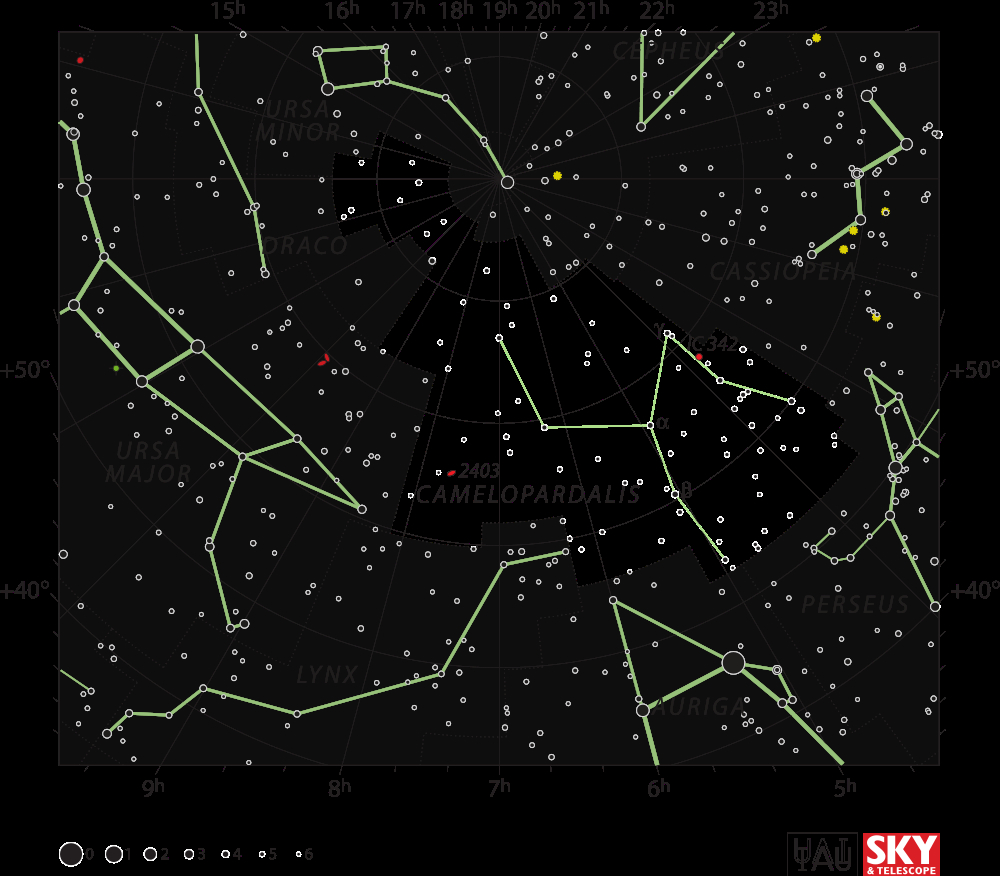
By IAU and Sky & Telescope magazine (Roger Sinnott & Rick Fienberg) [CC-BY-3.0], via Wikimedia Commons
"The Giraffe"

By IAU and Sky & Telescope magazine (Roger Sinnott & Rick Fienberg) [CC-BY-3.0], via Wikimedia Commons
Abbreviation: Cam
Genitive: Camelopardalis
Constellation family: Ursa Major
Nearest constellations: Auriga, Cassiopeia, Cepheus,
Draco, Lynx, Perseus, Ursa Major,
and Ursa Minor
Right ascension: 5.76h
Declination: 70.27°
Visible between latitudes: +90° and -10°
Square degrees: 757
Luminary: Beta Camelopardalis
Notable deep sky objects: NGC 1501, NGC 1502, NGC 2146, NGC 2403, NGC 2441, NGC 2655, IC 342, Kemble 1 (Kemble's Cascade)
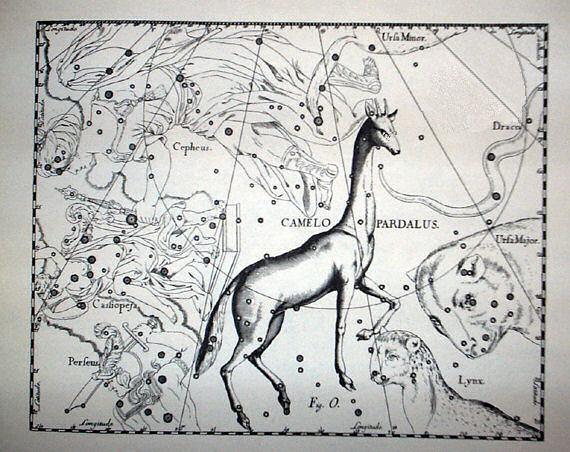
By Johannes Hevelius [Public domain], via Wikimedia Commons
Camelopardalis is the 18th-largest constellation in the sky. It is visible in the Northern Hemisphere during February. Camelopardalis is a relatively dim constellation since it has no stars that are brighter than fourth magnitude.
Camelopardalis is occasionally referred to as Camelopardalus and Camelopardus.
There is no definite mythology associated with Camelopardalis. The origin and inventor of Camelopardalis is also uncertain, though some people think Jakob Bartsch created the constellation when he included it in a book he published in 1624.
NGC 2403 (spiral galaxy):

Image Data - Subaru Telescope (NAOJ), Hubble Legacy Archive; Processing - Robert Gendler [CC-BY-3.0], via Wikimedia Commons
U Camelopardalis (carbon star):
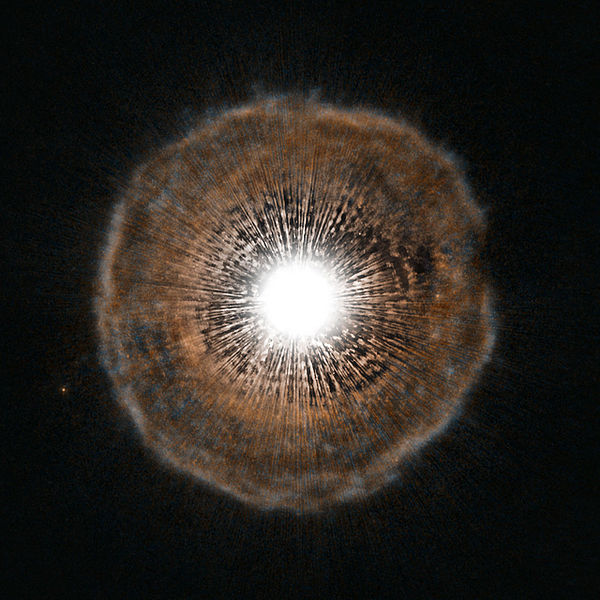
By ESA/Hubble, NASA, and H. Olofsson (Onsala Space Observatory) [CC-BY-3.0], via Wikimedia Commons
NGC 2146 (barred spiral galaxy):
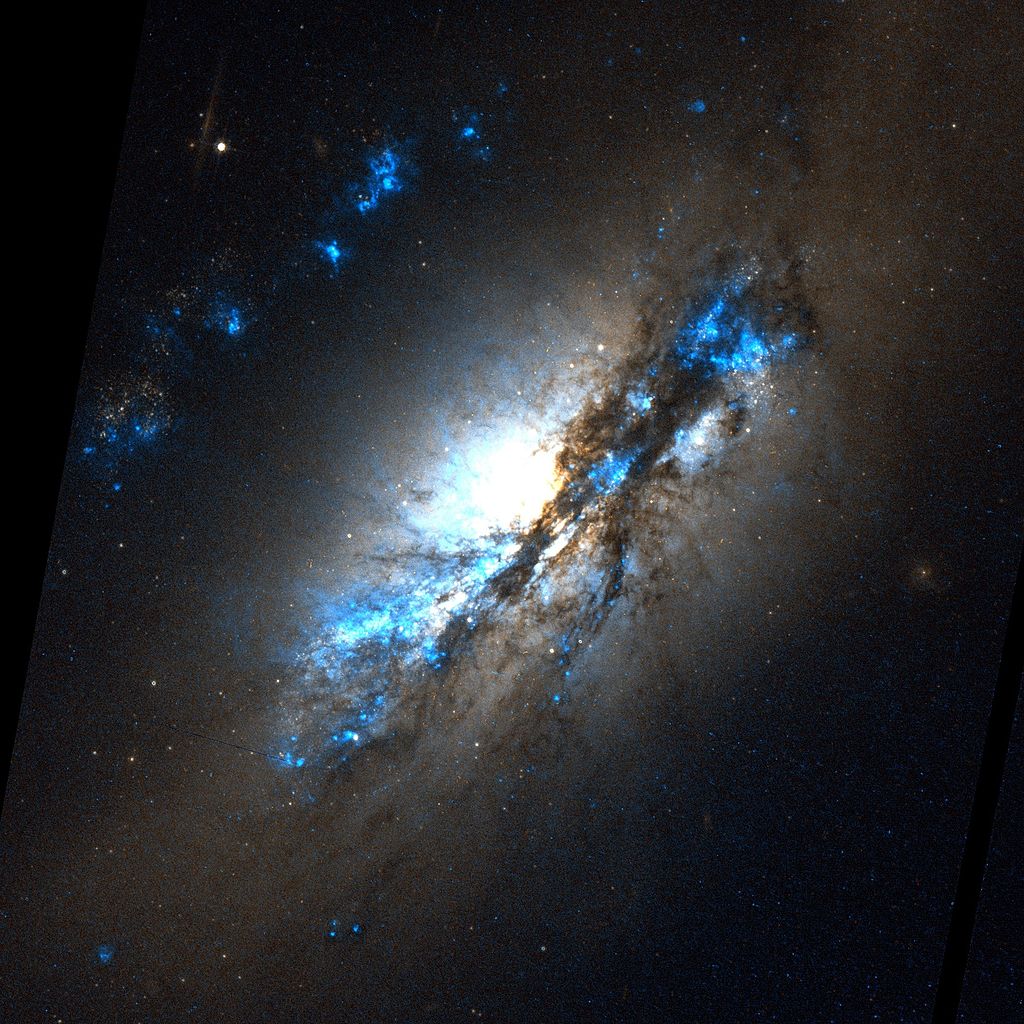
By NASA, STScI, WikiSky (WikiSky's snapshot tool) [Public domain], via Wikimedia Commons
NGC 2441 (spiral galaxy):
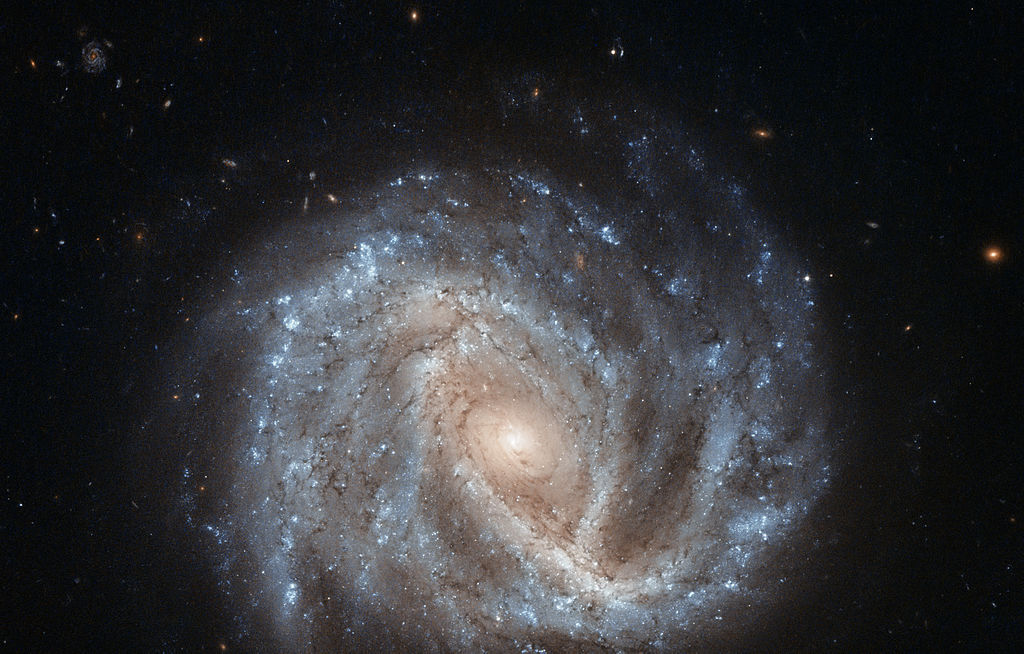
By ESA/Hubble & NASA, acknowledgement: Nick Rose [CC-BY-3.0], via Wikimedia Commons
IC 342 (spiral galaxy):
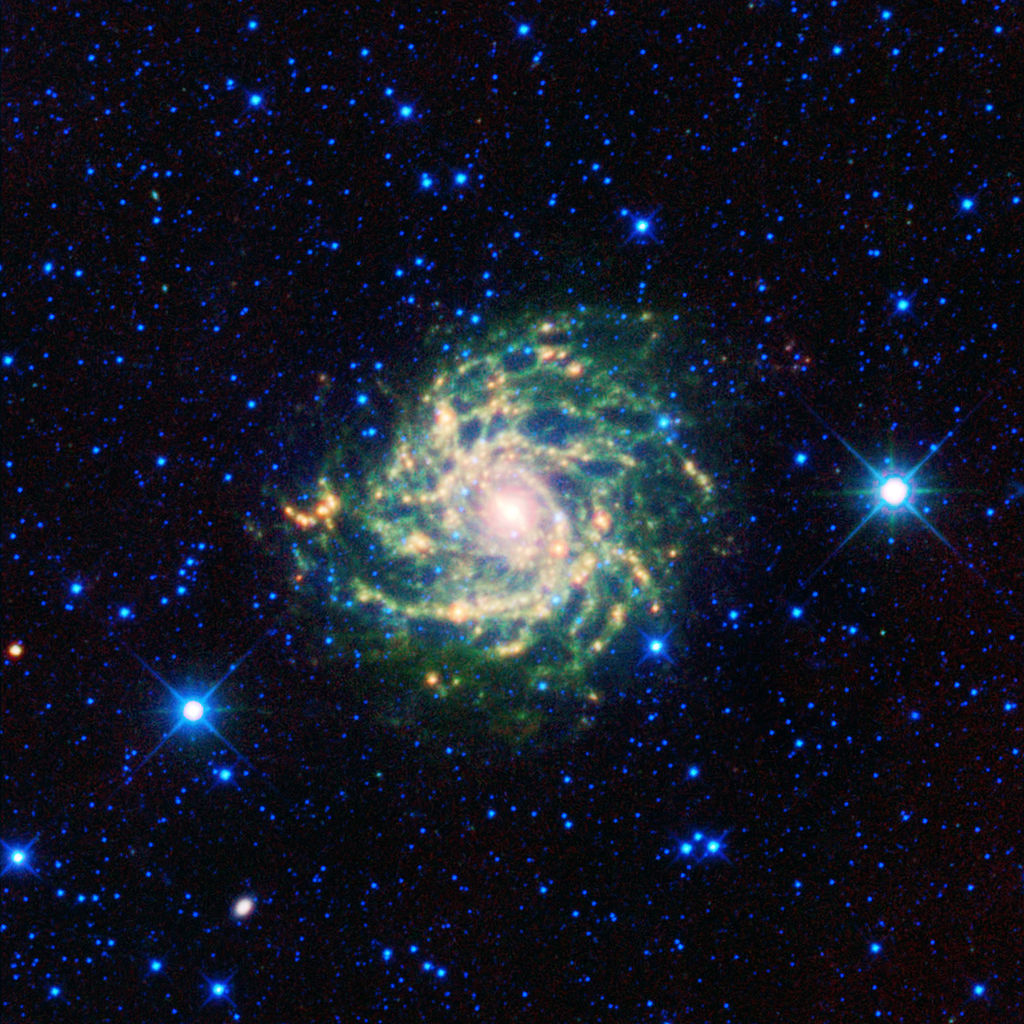
By NASA/JPL-Caltech/UCLA [Public domain], via Wikimedia Commons